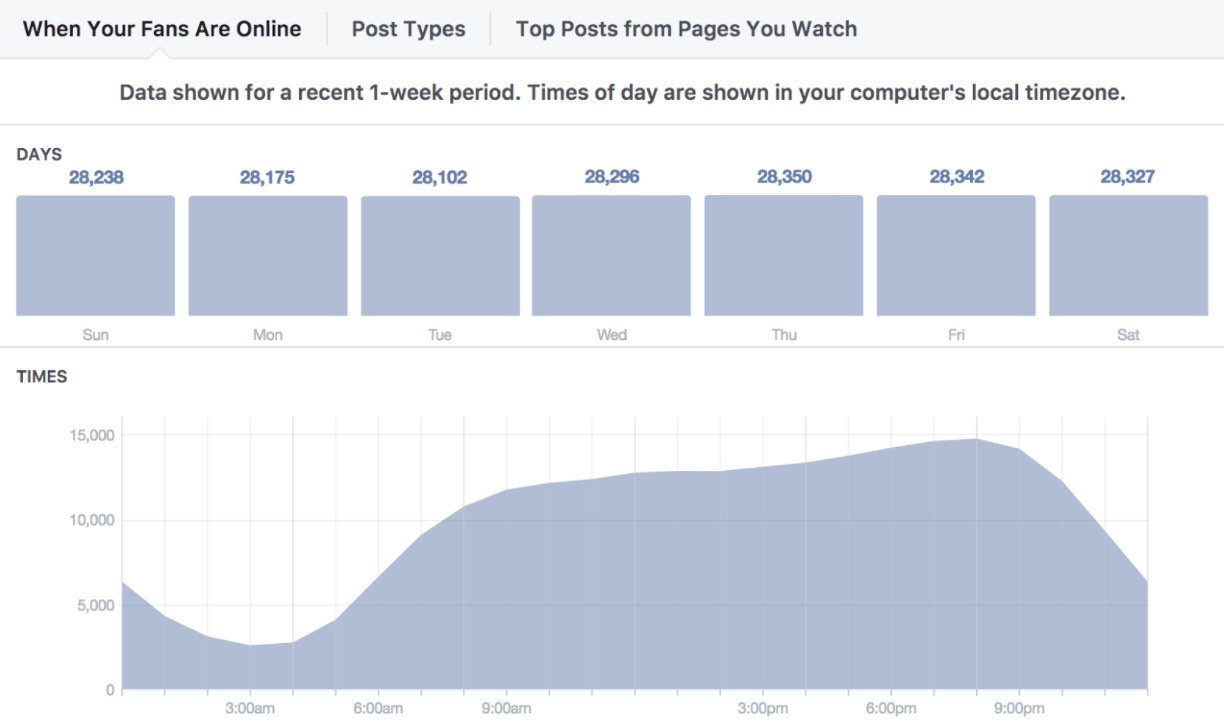According to statista.com, 81% of U.S. adults are on social media, and 56% of social media users have more than one account. 79% of all social media users in the U.S. have a Facebook account, and an astounding 76% of all Facebook users report they use the platform daily.
With those numbers, it’s easy to see why the majority of businesses in the United States use social media for advertising. In fact, over 50 million businesses have Facebook Business pages. However the majority of businesses, 60% to be exact, report that they do not know how to properly measure their results on social media.
One common question we get often is, do reach and impressions really matter? We always answer with a resounding YES, reach and impressions are important to your business, and we’ll explain why. First, however, we’ll explain the difference between the two terms.

What are Impressions?
Impressions measure the number of times your content is displayed on social networks, as in the content was delivered to a user’s feed.
- One user can generate more than one impression.
- An impression can be counted whether or not a user engages with your content.
What is Reach?
According to SproutSocial, “Reach is the total number of people who see your content.” Unlike impressions, reach refers to each person who sees your content, so while you can have multiple impressions from the same person, the same is not true in terms of reach.
Why is It Important to Measure Reach and Impressions?
To understand why it’s important to measure reach and impressions, one must consider how many social users are NOT actively engaging with content. Remember when we talked about 76% of Facebook users using the platform daily? The percent of those users who like, comment, or share is far less. It turns out that 90% of all social media users do not engage, (I repeat, DO NOT engage).
This means if you are only measuring your engagement, you aren’t getting the whole picture. In fact, you might only be measuring 10% of your social marketing efforts.

How to Tell if Your Strategy is Effective
While there are in depth ways to measure your social media success, here are a few simple metrics to consider:
- Reach and Impressions: We’ve already talked about why you should measure reach and impressions, however, another metric you should consider when doing so is the number of users you have on your page at any given time. For example, if you received very few impressions when you posted at midnight, this is not the same as receiving the same number of impressions when posting at peak time. To find this data on Facebook for example, go to Insights from your Business Manager and select Posts. From here you will see when the majority of your users are online (making that the perfect time to schedule your posts!).

- Followers are Likes: It goes without saying that the number of page likes and follows should increase on your pages over time. If you are posting quality content, you will increase the number of engaged users over a period, exposing your content to more people.
- Actions on Page (Facebook): Actions on Page refers to the number of clicks on the calls-to-action buttons on your page, ie: Get Directions, Website Clicks, Phone Number Clicks. Ideally this number will increase as your page followers increase.
Also Consider…
If your business has a “busy season,” make sure you take those time periods in consideration when measuring your results on social media.
If you need more information about measuring results on social, check out our other blogs on the subject, or click to chat with the experts at Organically!
By Amara Young






 CERTIFIED EXPERT
CERTIFIED EXPERT